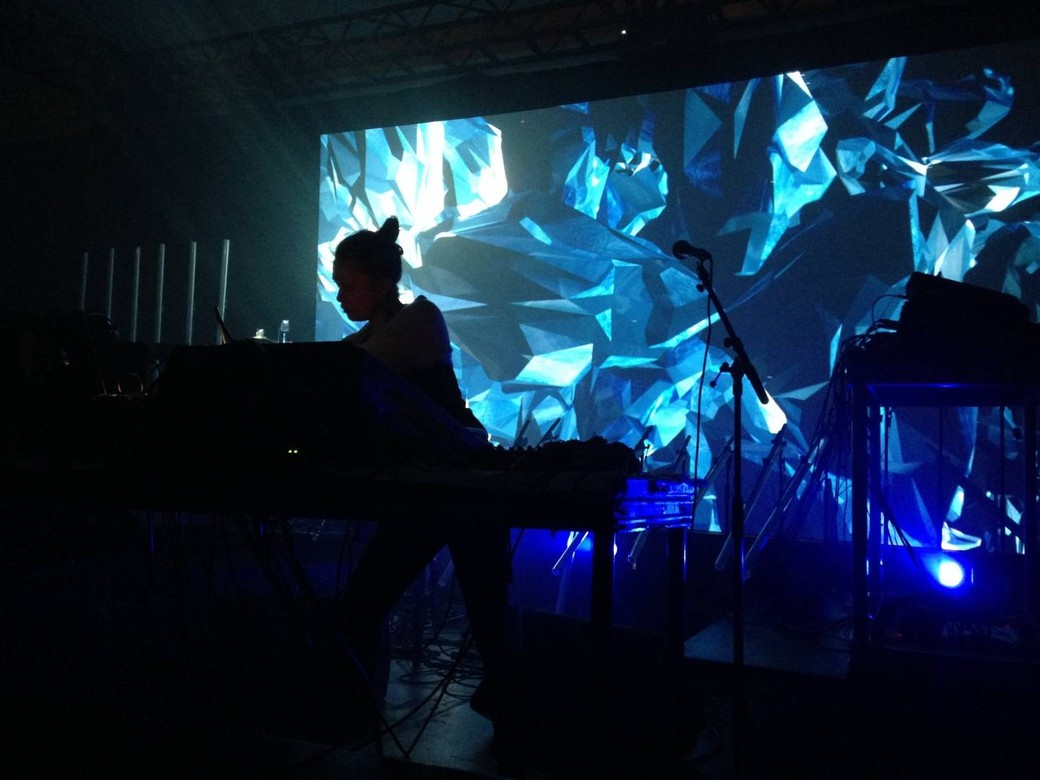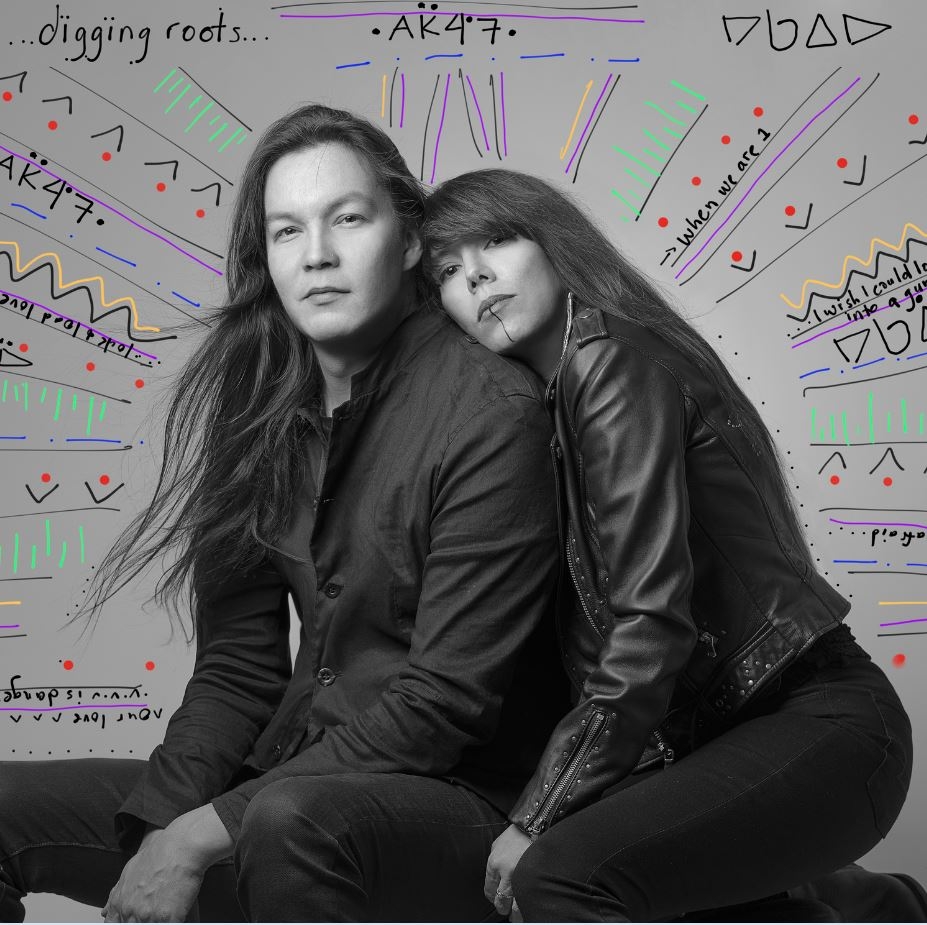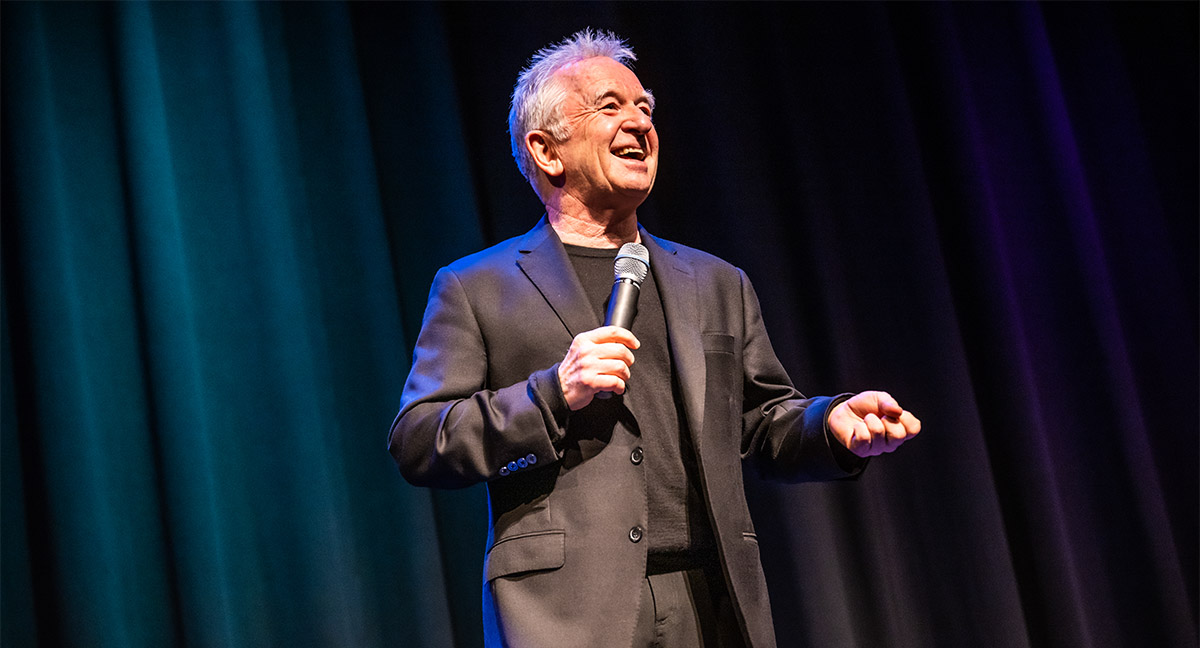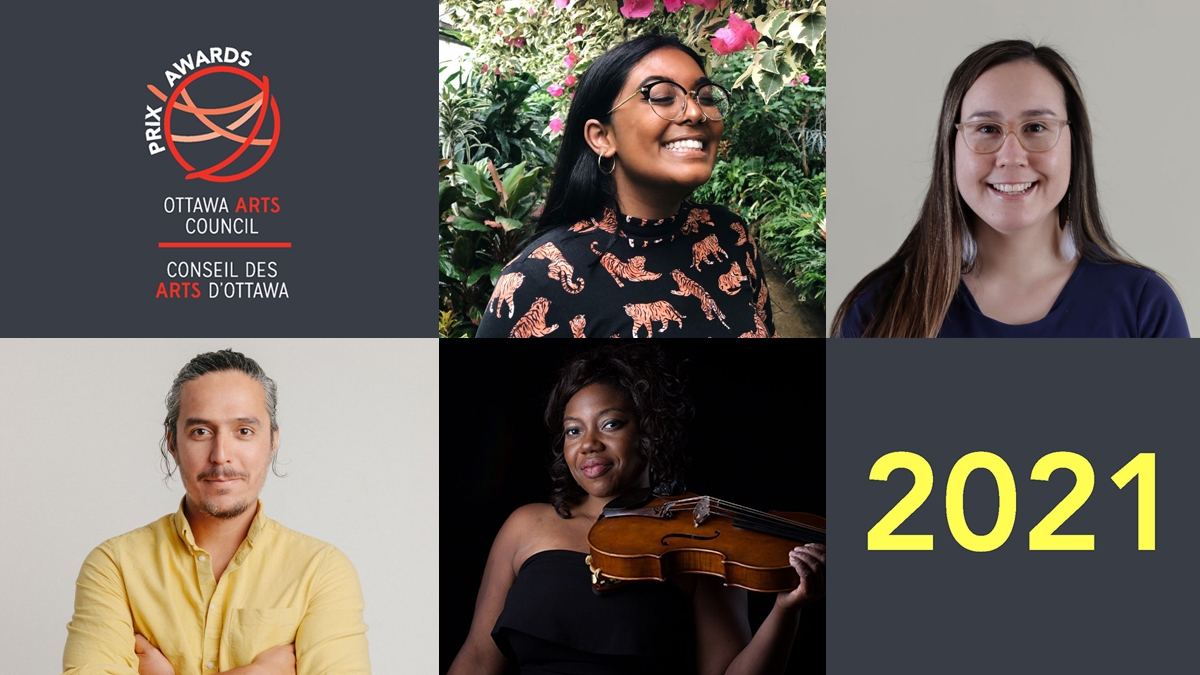
An Urban Getaway to Montréal’s 16th Edition of MUTEK
Farewell to the departed polar vortex. Outside, the drone of air conditioners is interrupted by fast afternoon thundershowers. The height of summer. Adventures await. Plans are pushed into action in hopes of creating everlasting memories. As summer approaches, the great outdoors are still too cold, however there is an omnipresent anticipation for new beginnings. The perfect urban getaway is at the cusp of summer, and MUTEK is a festival that best describes this feeling.
Held in Montréal in late May, MUTEK self identifies as a curator for the most original and visionary artists currently working in their fields. Projections were often syncopated to audio and provided an immersive experience. Ranging across a multitude of electronic genres, MUTEK offers a meeting place for music and technology.
For its 16th year, MUTEK successfully merged performance, electronic dance parties, workshops and art installations into one grand experience across five inspiring venues. The Musée d’art contemporain de Montréal (the MAC) featured two areas that were reminiscent of late 90s/early 2000s multi-room raves where something existed for every palette. Toward the weekend, Métropolis offered a lineup of electronica for revellers to enjoy. Free outdoor concerts were well attended at the Parterre du Quartier des spectacles. Centre PHI, located in the historic city centre, hosted workshops, special events and also included an unforgettable immersive installation.

Broken mirrors, scanning reflective light and coloured projections acted as a gatekeeper and selfie backdrop to the Nocturnes that would commence throughout the week. Neighbouring this was an ambient audio installation that emitted a constant musical hum, audible only during intermission. On either side of this upstairs venue were two rooms. The first was a rooftop terrace for air and conversation, with a view of illuminated building projections around the city. The other, an indoor area adjacent to the performance hall, featured a live stream of the stage projected onto an obstructing wall, creating a virtual window to the venue.
The first official sounds heard at MUTEK were from Cabaal (Ben Globerman), a Montréal-based producer and musician from Ottawa. The dance floor was not yet crowded leaving plenty of room to move, at first for a seemingly shy audience. Cabaal’s use of layering, melody, and a sometimes aggressive, knocking feedback worked well with his use of an interwoven breakbeat, making it difficult to stand still. The rest of the evening was packed with a full spectrum of digital music flavours. Downstairs, as an alternative to Cabaal, Toronto’s Waveshaper (Jakob Thiesen) started shortly after. He held a minimalistic display of soft sound and psychedelic visuals to an audience seated on the dance floor. The most memorable presentation of sound and visuals came from Montréal’s Hugues Clement. His show Dichotomie featured a very danceable set, although the audience was still seated on the floor from the previous show.
Nevertheless, Clement’s talent as a designer was evident as he carefully navigated through visuals of pure abstraction to complete concepts. Nature, buildings, mapping of tears to faces (a nod to to Bjork’s Hidden Place video) and comic illustration was thrust upon the audience in what was perhaps too much of a demo reel-like manner.

However, a winner of two contests, namely SAT’s Bourse Euterke 2011 and EM15 A/V, Hugues Clement is one to watch. Dancing upstairs, sitting downstairs. And so commenced the first evening of the 16th MUTEK festival.
Wandering around Montréal the following day, an old woman was having tea, smoking a cigarette enclosed in a small glass booth next to the MAC on Rue Ste.-Catherine. Musical swings were installed on Avenue du Président-Kennedy for an afternoon of swinging to chimes of varying oscillations. The city welcomes this festival each year, its special guests enjoying a walk up Boulevard Saint Laurent or the many art galleries and restaurants available throughout the city.
Memorable performances from the second night included Antarctic Takt by Russia’s Dasha Rush. It showcased an elaborate blue arctic landscape with ice-blue crystal imagery, created in collaboration with videographer Stanislav Glazov. Dasha’s stolid expression was fitting as she manipulated heavy sound into fusions of cold and spectacular bass alongside thick ambience, and a touch of class. Images of aurora borealis evoked nostalgic childhood memories of Umka, an iconic Soviet cartoon starring a polar bear exploring the white arctic. Afterward, Takami Nakamoto and Sebastien Benoits (France) were refreshing, cleansing the palette of computer visuals and pure electronica by presenting an analog light show to live drums. In a stunning collaboration, they brought down the house with tension building rhythm and a spectacular ending. Meanwhile, downstairs at the MAC, USA’s Richard Divine delivered an analog synthesizer set. He started slowly, and seamlessly transitioned into manic beats that throbbed the room and everyone in it.

Métropolis hosted a progressive nightclub scene, which included producers Andy Stott (UK) and Steffi (NL) providing non-stop electronic beats for a full evening of dance. The pedestrian boulevard of Rue Ste.-Catherine became the main route between venues. At the MAC, Different Fountains (Brussels/Venezuela) used spoken word to drive forward their musical ideas, as a foggy laser show billowed upstairs. Later in the evening, Squeaky Lobster (Laurent Delforge, Belgium) pumped out beat after beat of unforgettable, irresistible groove, while weaving together hip hop, jazz, vocals and narrative.
Later, drifting off to sleep, the sounds of Montreal continued into the late evening from outside the window. Far away voices shouted and taxis rolled down Rue Saint-Urbain. The end of another impressive evening.
MUTEK is a welcome start to each summer, a worthwhile mini vacation for anyone looking to experience novel music and technology while enjoying Montréal.
MUTEK2016 will take place in Montréal again next year, from June 1 to 5, 2016. You can find out more at mutek.org.

 Julia Krolik self identifies as a polymath. Formally educated in the sciences, her work has taken numerous turns and includes research involving micro/molecular biology. As an exhibiting artist, Julia pushes her boundaries by exploring all mediums necessary. She co-created Decomposing Pianos, an experimental music collective focusing on science, art, experimental music and new media. Her diverse background enables a rare cross-disciplinary empathy and she continuously advocates for both art and science.
Julia Krolik self identifies as a polymath. Formally educated in the sciences, her work has taken numerous turns and includes research involving micro/molecular biology. As an exhibiting artist, Julia pushes her boundaries by exploring all mediums necessary. She co-created Decomposing Pianos, an experimental music collective focusing on science, art, experimental music and new media. Her diverse background enables a rare cross-disciplinary empathy and she continuously advocates for both art and science.
 Owen Fernley is an engineer and experimental musician. He codes conceptual HTML5 audio visualizers and collects field recordings for audio production and instrument sound design. At his core, he is an improvisational piano player who applies the same methodology to the use of technology in the projects he pursues.
Owen Fernley is an engineer and experimental musician. He codes conceptual HTML5 audio visualizers and collects field recordings for audio production and instrument sound design. At his core, he is an improvisational piano player who applies the same methodology to the use of technology in the projects he pursues.








